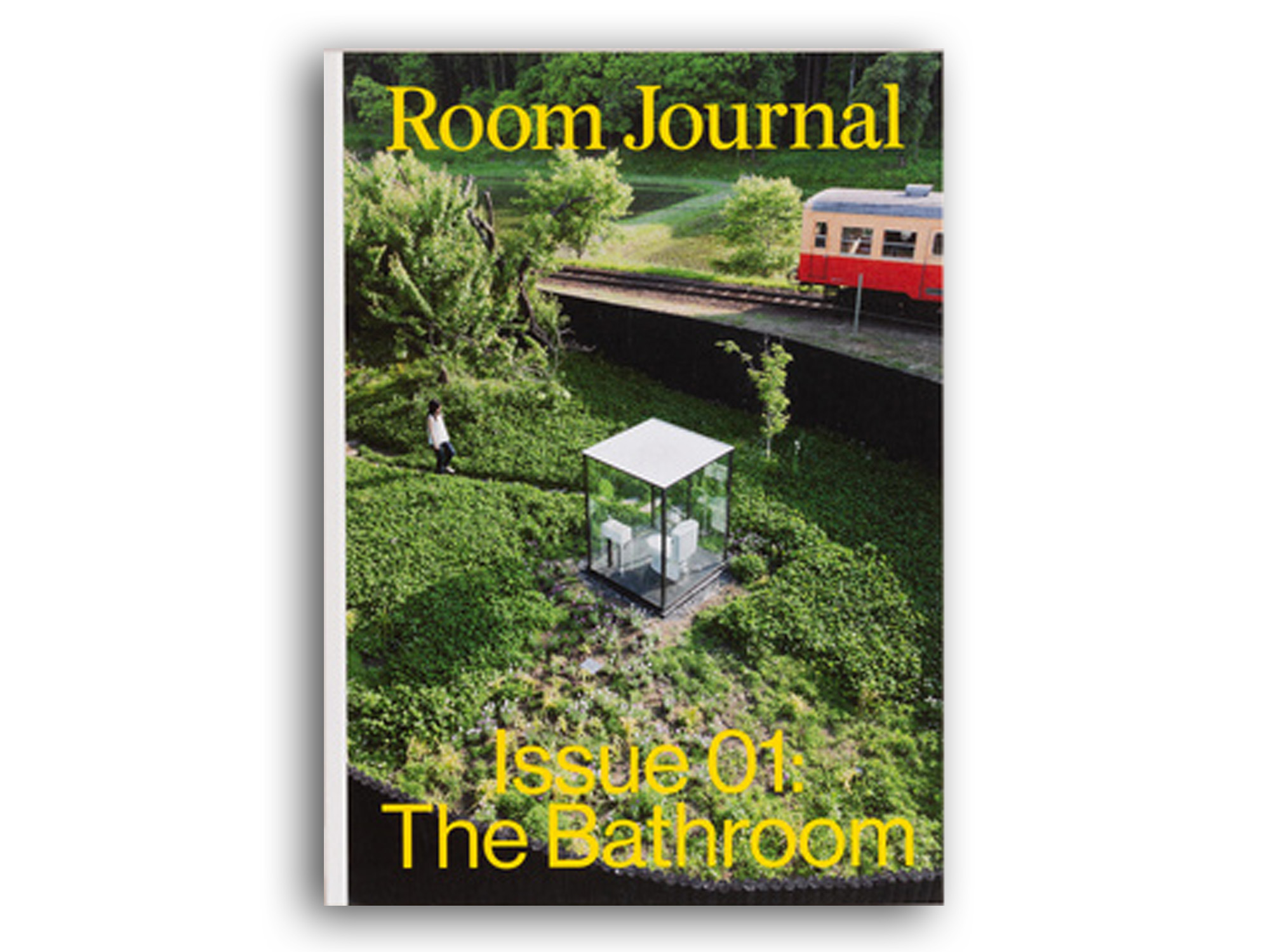Excerpt:
“The strict division of the public and private realm that has so long been the apparatus for urbanists to dissect the organization of the city has increasingly been challenged by several factors such as transformations to the family structure or the role of technology. When we consider the notion of public space, we typically focus on a space of gathering or collectivity. With an emphasis on space, the template for its production has been the carving out of area from the fabric of the city. Within this urban room, a series of human activities are catalyzed—from a protest, to market, to informal gatherings. The subtractive reification of public space from the realm of privacy and intimacy—most traditionally associated with domestic space—feeds the myth of this binary condition. At the same time, we know today that through technology, people can socially withdraw to the private while in public, and vice versa. This need for expanding the ways of understanding, reading, and inhabiting the city beyond the public-private dialectic was identified in the American context by Venturi and Scott-Brown, whose Nolli maps of Las Vegas required the introduction of grey to denote the parking lots along the strip that acted like forms of public space under private ownership. Despite the blurring of these realms that has occurred socially, its spatial equivalent—beyond ownership—is more difficult to pinpoint.
As the social and technological realm embraces an evolving and transforming boundary between the public and private, as designers we have not kept pace with the corresponding ramifications on space. If the urban room enables the frame that gathers a collective within the city, can the idea of a room be productive to consider how privacy can be enabled in public? We have all encountered moments when we need to pull off a sidewalk into a nook of a building to take an important phone call. The need for spatial privacy while in public extends to a series of scenarios—from breastfeeding to praying to crying. And while these acts have not been officially accommodated for in the city, it is the “grey rooms” of our cities, such as public restrooms, that often operate as spaces of privacy.”
